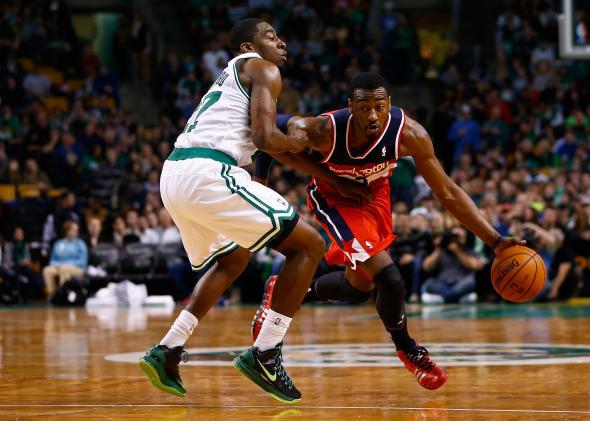Paul Campos offers the interesting observation that the inflation-adjusted price of tickets to live sports events has been rising for decades while the quality-adjusted price of watching said sports events at home has been falling.
I think it makes for a great commentary on the overhyped and then overdismissed idea that massive open online courses will “disrupt” the higher education industry and transform college. Just ask yourself about the ways in which the massive open televised sporting events (MOTSEs) of the world have and haven’t revolutionized the world of sports.
Or, better, start with the way that they haven’t revolutionized the world of sports. People still like to go see the Wizards play live. They like it more when the team is good than when the team is bad. And what’s more, despite the existence of the cheap high-quality alternative of “watch the game at home” if you want really good Wizards tickets you need to be prepared to spend a lot of money. Courtside seats to an NBA game aren’t expensive because it’s a “10,000 times better way to watch a game” than sitting on your couch. They’re expensive because America is an affluent society so any time you have a genuinely scarce commodity there’s a chance that rich people will bid the price up to some stupendous level.
At the same time, obviously MOTSEs have totally transformed sports. Most of the viewers of any major sporting event will be television viewers. Indeed in a sense this is what it means for a sports event to be a “major” one—it’s something that attracts a large broadcast audience and not just a local crowd. Most of the revenue comes from TV-related enterprises. Certain performers are able to obtain national and global reach, influencing the lives of people who’ve never seen them play live. And while the availability of NBA games on television doesn’t seem to undercut the market for live NBA games, it probably does undercut the market for live high-school basketball matches.
At any rate, it would be dumb to assume or assert that the ability to watch education videos online will have the exact same relationship to live instruction that television has to live sports. The analogy is instructive simply because it’s difficult to summarize all the ways that TV broadcasts have changed sports. In some ways, access is broader and more egalitarian than ever. In other ways, access is narrower and more exclusionary than ever. In some ways you see substitution. In other ways you see complentarity. It’s complicated.
